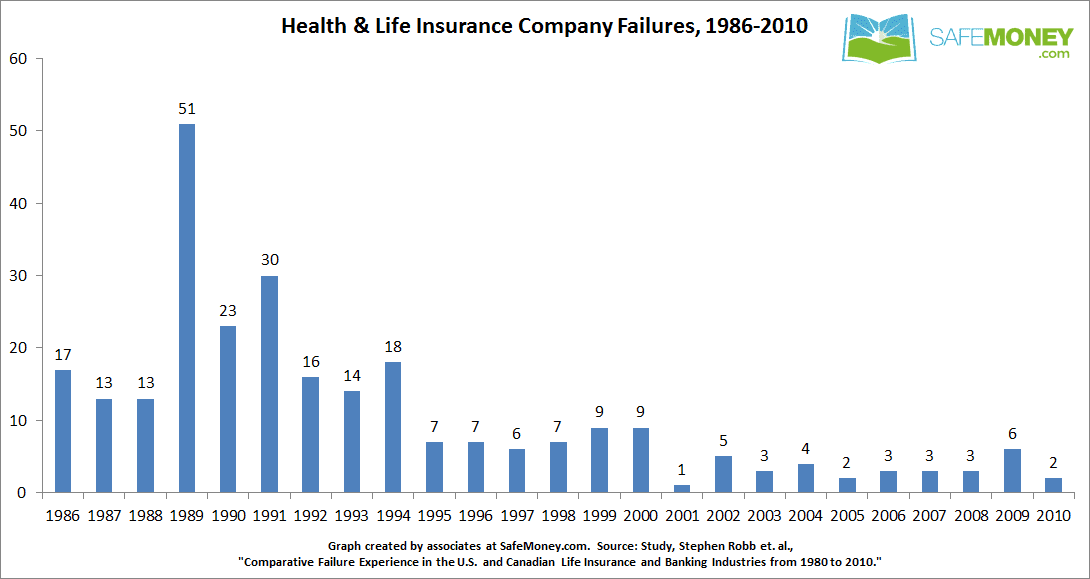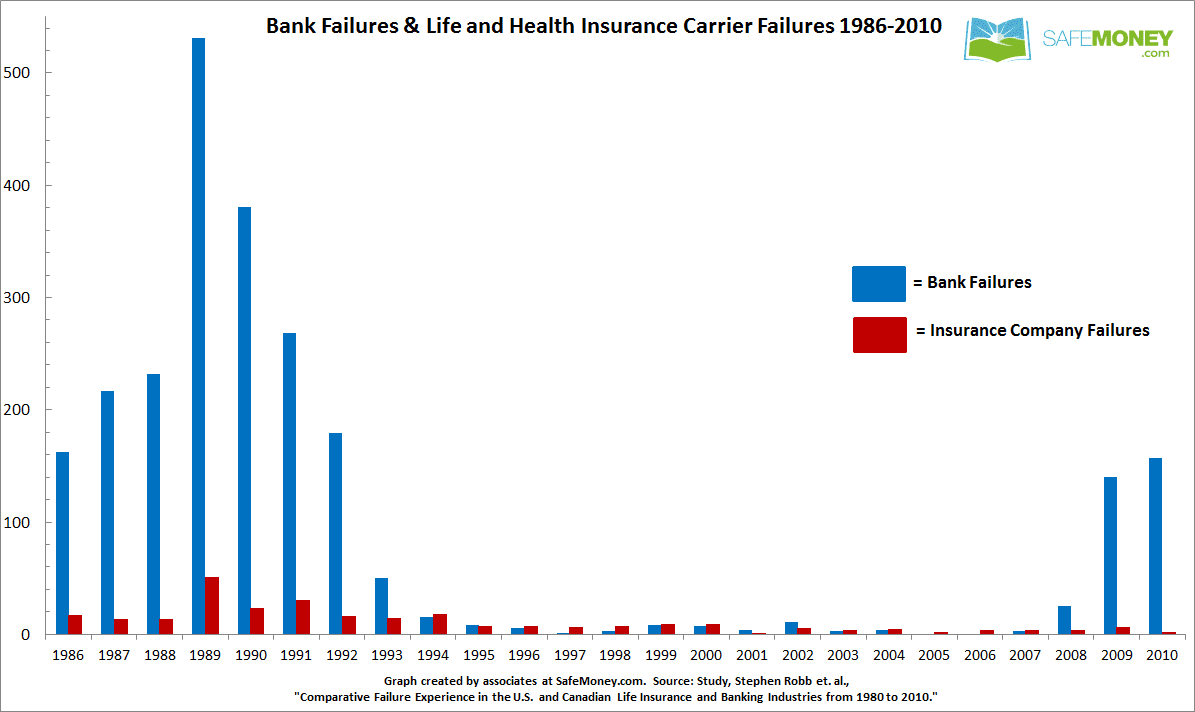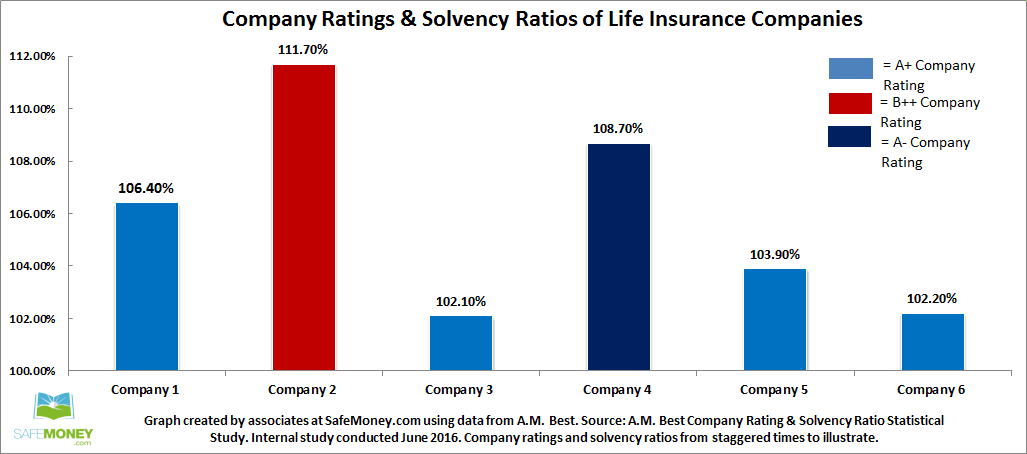How Safe are Annuities?

Once a retirement staple, pensions have been gradually disappearing. Now we hold more responsibility for retirement than ever. That has its own challenges, including how to overcome longevity risk. You have to figure out how to pay for potentially decades of retired living.
Arguably one of the best ways to combat longevity risk is with annuities. However, as you come into the home-stretch and explore your income options, it’s natural to ask, “How safe are annuities for my retirement?”
The good news is they can be quite safe. But there will be some legwork involved to make any annuity-buying decisions that are right for you. Here are some pointers to follow as you consider an annuity for your retirement portfolio.
Start with the Annuity Basics
Annuities are long-term contracts you enter into with an insurance company. You exchange a lump sum of your nest egg for a determined benefit, such as a predictable income stream that lasts your lifetime. There are many forms of annuities.
You might have heard of the two primary types of contracts: variable and fixed annuities.
Annuity Type Matters
Variable annuities allow for tax-deferred money growth, with their performance being tied to bond or equity subaccounts.
In these contracts, premiums are actually put directly into investments with market risk. Because your money is subject to market volatility, your balance can rise or fall depending on the performance of those subaccounts.
By contrast, fixed annuities don’t participate directly in any equity markets. Instead, they earn interest on a fixed basis. Your money may grow at a preset rate, as with a MYGA annuity.
In the case of a fixed index annuity – growth potential is tied to an external index, like the S&P 500. Your money may grow at a rate based on a proportion of index growth. If the index loses value, though, your principal and credited interest are protected, but they earn nothing (zero interest). Hence your balance can’t decline due to index losses.
Here’s another important distinction with fixed annuities. Although fixed annuities aren’t insured by the FDIC, state laws hold the insurance carriers issuing fixed annuities to strict reserve requirements. These insurance companies must dollar-for-dollar cash reserves for every fixed annuity premium dollar entrusted to them.
Financial Strength of Insurance Company
What’s another factor behind annuity safety? The financial strength of the insurance company. An annuity is only as good as the insurance carrier that stands behind it.
The good news is that historically annuities have been a safer place where you can put retirement money. In a 2012 Advisor Perspectives article, insurance actuary and Certified Financial Planner™ Joe Tomlinson explains:
“History shows that annuities have traditionally been an extremely safe investment. Insurance company insolvencies have been few, companies in trouble have often sold business to healthy insurers, and guaranty associations have provided an additional safety net.”
“In my review of the historical record, I could only find a few cases where annuity owners ended up with less than their insurer promised. One resulted from the 1983 bankruptcy of Baldwin-United, which involved a takeover by MetLife and a court-ordered reduction in benefits.”
“Another involved the 1991 failure of Executive Life, which continued to pay annuity benefits in state-managed rehabilitation mode until this year, when balance sheet deterioration led to liquidation. Going forward, owners of Executive Life annuities that exceed state guaranty caps will suffer losses…”
“Based on my own experience as a former insurance company actuary, I would say that the risk-based, balance sheet focus, and actuarial culture of insurance companies makes a difference.”
You can actually see examples of these insurance company failures, and others, on the NOLHGA.com website.
Insurance Company Failures Over the Years
With annuity contracts being proposed as one “safe money” option, many prospective buyers ask about the actual historical record of insurance carriers. The graph below gives an idea of how insurance carriers have performed over time. It captures health and life insurance company failures from 1986 to 2010.

The largest number of insurance company failures was in the late 1980s and in the 1990s. Banks are major financial institutions like insurance companies. So, many retirement savers have questions about how they might compare.
This next graph isn’t intended as and shouldn’t be understood to be a comparison of the strengths of insurance carriers versus banks. That said, it does give an idea of how insurance companies can perform, even as banks have the backing of the FDIC with their deposits. As before, this graph covers data from 1986 to 2010.

Measuring Insurance Carriers’ Financial Strength for Yourself
How do you know that the carrier you partner with will be there to deliver on its declarations? These features provide some answers:
High Capitalization
Insurance companies have safeguards (surplus capital and reinsurance measures). They are required to have a dollar in reserves for each dollar they have contracted to payout in guarantees. Even though bank deposits are backed by the FDIC, presently the Board of Governors of the Federal Reserve doesn’t have the requirement for banks to maintain a ratio of reserves of 3% to 10% of its total liabilities. This requirement was reduced to zero percent by the Board in March of 2020.
Solvency Ratios
Every carrier has a unique solvency ratio, reflecting the amount of reserves it holds above the amount of annuity premium they hold. For example, an insurance carrier with a solvency ratio of 108 would be holding $1.08 in reserves for every $1 held in annuity premium.
Higher solvency ratios doesn’t automatically translate to higher financial strength ratings. For instance, in an internal study by SafeMoney.com, some companies with lower financial strength ratings had higher solvency ratios. Check any prospective insurance carriers about their solvency ratios when exploring your options.

No “Runs” on Insurance Carriers
In the aftermath of the financial crisis that began in 2008, it was widely reported that close to 400 banks, thrifts, hedge funds, investment banking firms, and finance companies went into bankruptcy. By sharp contrast, only 13 life and health insurers were liquidated since the beginning of 2008.
While you can withdraw all your money from a bank, to collect on your insurance policy you must either pass away or wait for your monthly check. This gives insurance companies a longer time horizon to address any issues.
Public Knowledge
Insurance company insolvencies don’t happen overnight. They are earmarked as “impaired,” or below-acceptable performance, before they get to insolvency level. Check for histories of impairment or other subpar carrier performance also at NOLHGA.com: History of Insurance Company Impairments & Insolvencies.
Professional Financial Strength Ratings
It can help to have a scorecard of sorts when evaluating insurance carriers. Rating firms, such as Standard & Poor’s and A.M. Best, independently grade thousands of insurance carriers based on a wide range of criteria.
A.M. Best, for example, gives ratings from A+ down to D.
- An A+ garners a “Superior” rating while a D equals a “Poor” grade.
- As you might imagine, grades of E and F are indications that an insurance company has been given an “impaired” status.
- This means they will fall under intense regulatory supervision or restraint (in the case of an “E” mark) or are being forced to liquidate (in the case of an “F” grade).
- If A.M. Best, for example, determines “sudden and significant events impact operations” and ratings are not possible, an insurance company would be rated S for having their rating suspended.
- If you find a company with a status of NR, that means it has not yet been rated by A.M. Best.
These ratings are continually revised, providing a fresh perspective on a company’s financial strength.
If you prefer your ratings expressed as 0-100, look to COMDEX to provide a score. It’s important to check more than one ratings agency, to help you get a balanced perspective rather than simply “cherry-picking” higher ratings.
Publicly-Traded Transparency
If an insurance carrier is publicly traded, much can be gleaned about their financial strength from their balance sheets, their Securities & Exchange Commission filings, and other public sources. An internet search can indicate actions and events that may have landed them in the public eye.
The Bottom Line with Annuity Safety
So, to answer the question of “how safe are annuities?” Generally, pretty safe.
It’s important to find an insurance company that has the reserves, history, and financial strength to uphold its annuity guarantees to you. If market risk is of concern, be mindful about the type of contract you explore, as well. And be sure to check a variety of different annuity options to find one that may be the right for you.
The bottom line? There is ample information that is readily available to help you decide for yourself if an annuity is right for you. You can also investigate which insurance company you are most comfortable handing a portion of your nest egg over to — and even if an annuity makes sense for your portfolio.
Financial professionals who are experienced in evaluating annuity contracts are also ready to help you in your annuity search. Get an expert’s opinion to guide you on your quest for the best annuity strategy to meet your needs.
If you are ready for this assistance, financial professionals at SafeMoney.com stand ready to help you. Use our “Find a Financial Professional” section to get started. Or call us at 877.476.9723 for a personal referral.








